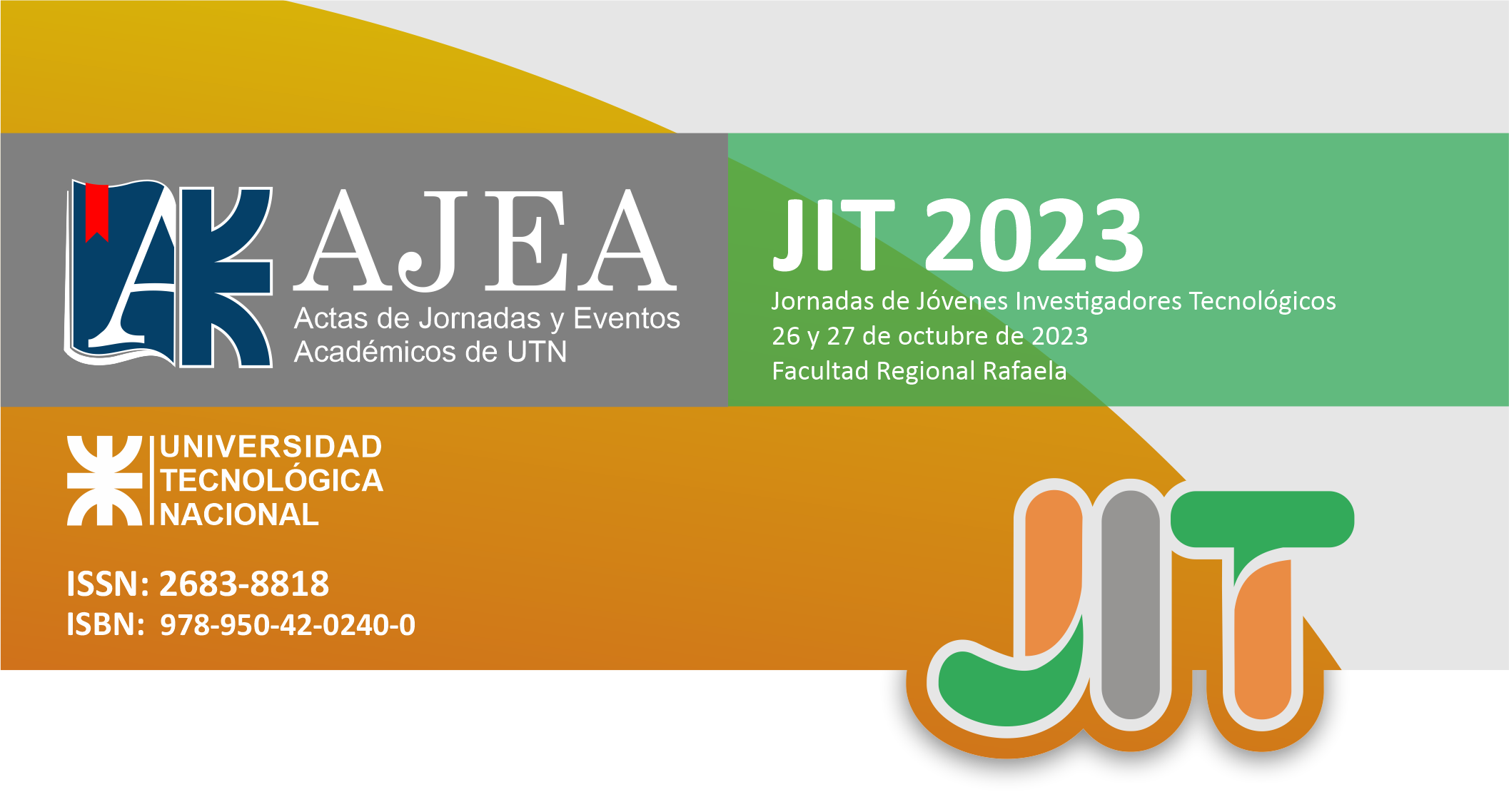Greenhouse gas emissions in effluent treatment systems in dairy farms.
Keywords:
GHGs, stabilization, effluents, static cameras, OP-FTIRAbstract
Livestock activities generate various greenhouse gasses (GHGs) such as CH4 (methane), N2O (nitrous oxide), CO2 (carbon dioxide) and NH3 (ammonium), having a negative impact on the environment. The wastewater, product of these activities, are generally treated in a system made up of stabilization ponds that also produce GHGs. This work has the purpose of studying and quantifying GHG emissions in dairy farms, using two different techniques during an entirely day of sampling. Methane emissions on stabilization ponds are closely related to atmosphere and water temperature, but there is no relation between CO2 emissions and temperature. In addition, these values are within the emissions ranges presented by authors from around the world. The results, for both techniques, are reported, looking for a correlation between each value.
Downloads
Downloads
Published
How to Cite
Conference Proceedings Volume
Section
License
Copyright (c) 2024 Mateo Caussi, María Lourdes Martin

This work is licensed under a Creative Commons Attribution-NonCommercial 4.0 International License.










